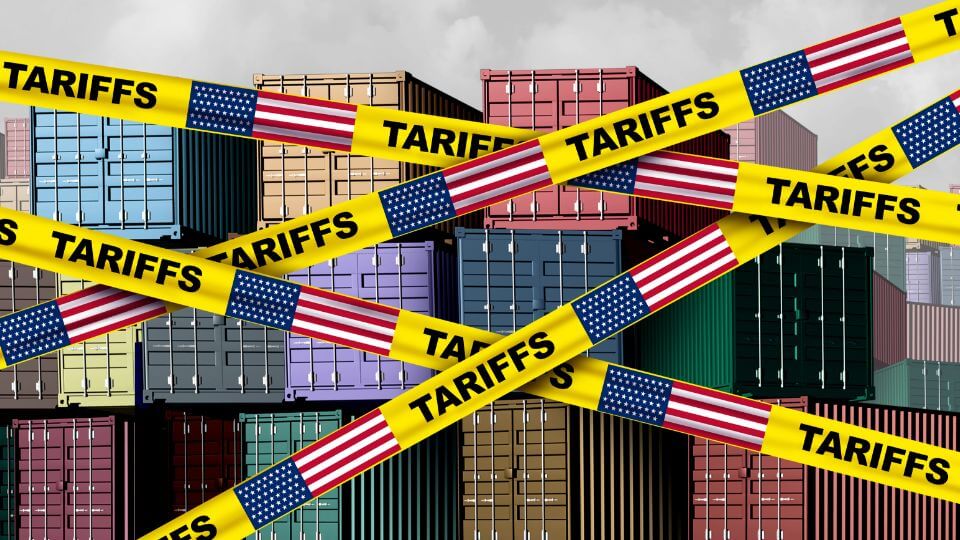
Trump Tariff Announcements Shake Up Trade and Logistics
There have been huge tariff announcements made by President Trump this week. We’ll take a look at which countries are affected, the new tariff rates, and how the logistics industry abroad and domestically will be affected.
What’s the Background To the Current Tariff Announcements?
President Trump announced Liberation Day Tariffs on April 2nd, 2025. These were supposed to mark the beginning of ‘reciprocal’ tariffs to be imposed on nearly every country in the world.
However, on April 9th, President Trump announced a 90-day pause on his liberation day tariffs. Although he continued to raise tariffs on China, every other country received a 10% flat rate.
The 90-day pause was scheduled to end on July 9th, but on July 7th, President Trump assigned an executive order that extends the suspension to August 1st.
Which Countries Have Received Tariff Letters?
On July 7th, President Trump sent tariff letters to the leaders of 14 different countries, and an additional seven letters were sent out on July 9th. The letters inform the leaders of each country that the U.S. will impose new tariffs on their exports.
As of now, here are the 21 countries that have received a new tariff:
- Laos
- Myanmar
- Cambodia
- Thailand
- Bangladesh
- Serbia
- Indonesia
- Moldova
- Algeria
- Bosnia and Herzegovina
- Iraq
- Libya
- Sri Lanka
- South Africa
- Brunei
- Japan
- Kazakhstan
- Malaysia
- South Korea
- Tunisia
- Philippines
Tariff rates for the listed nations range between 20% and 40%. The new rates are set to take effect on August 1st, as per President Trump’s new reciprocal tariff suspension deadline.
How Will the New Tariffs Affect the Logistics Industry?
Both the logistics industry internationally and domestically will see an impact from the tariffs. For one, importers will flood bonded warehouses with their imported goods to avoid immediate payment of tariffs.
Some companies are stockpiling their products in these buildings to prepare for the next round of tariffs. The surge in demand for bonded warehouse have raised the rates for storage. Space inside these warehouses across the country could also run out.
Tariffs complicate the importing process for established businesses and entrepreneurs. Both types of clients will need continual assistance from customs brokers to keep up with the changing regulations. While this may be beneficial for brokers, it’ll raise costs for importers.
Speaking of costs, the additional expense of tariffs will inevitably be passed to consumers in the United States. As a result, consumers will likely buy less often. Without orders being placed, freight volumes for transportation companies in the U.S. are sure to decrease.
How R+L Global Logistics Helps Our Customers
Tariffs will be felt the most by our customers, especially the ones who are importing their goods from another country. By staying updated on tariff developments as they happen, we give our customers with the most current information they need to navigate the trade environment.
Monitoring how tariffs affect the domestic and international logistics industry can also help us adapt to changes before they occur. Doing so allows us to outperform the competition by providing seamless logistics and customs clearance services.
